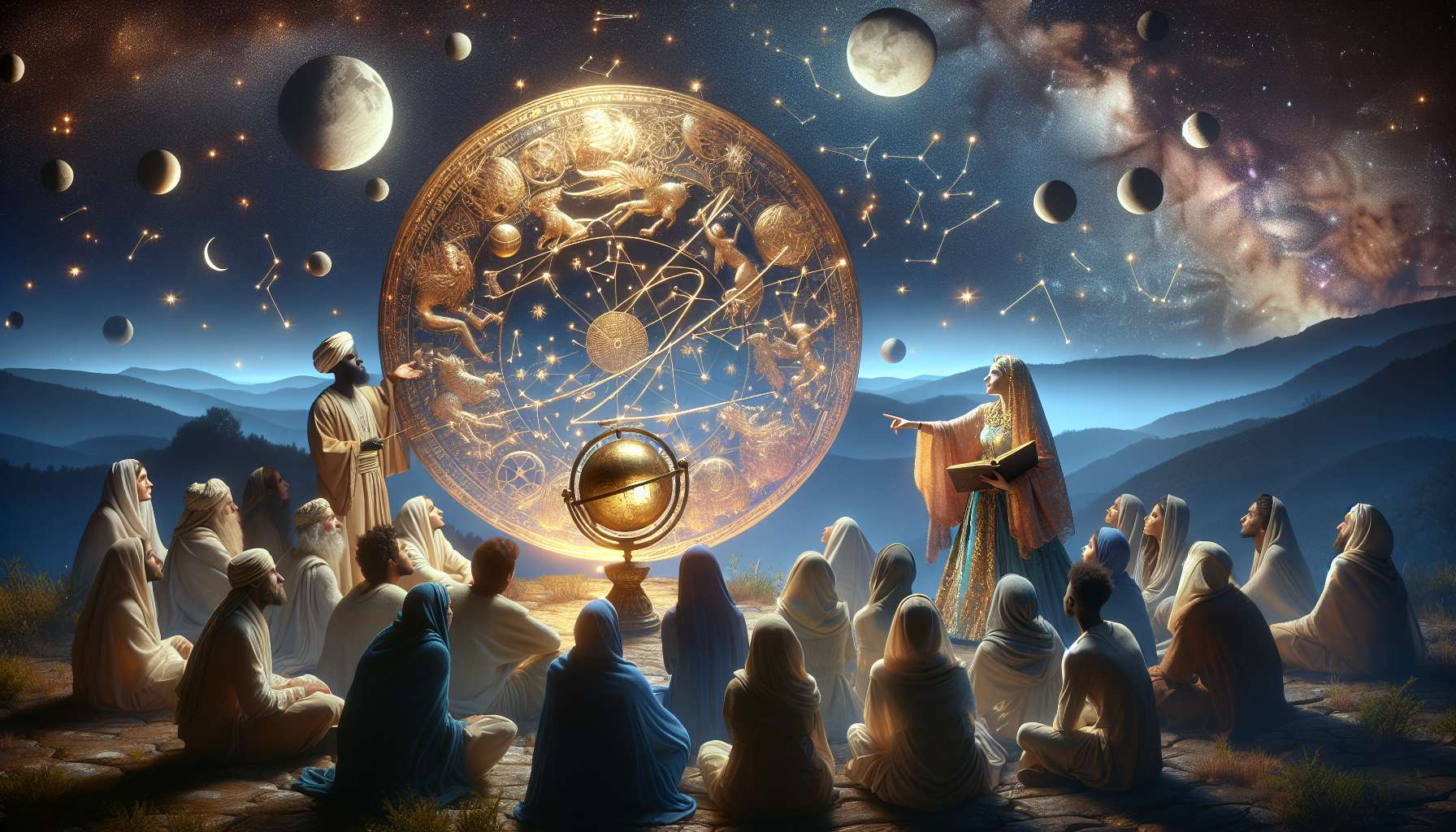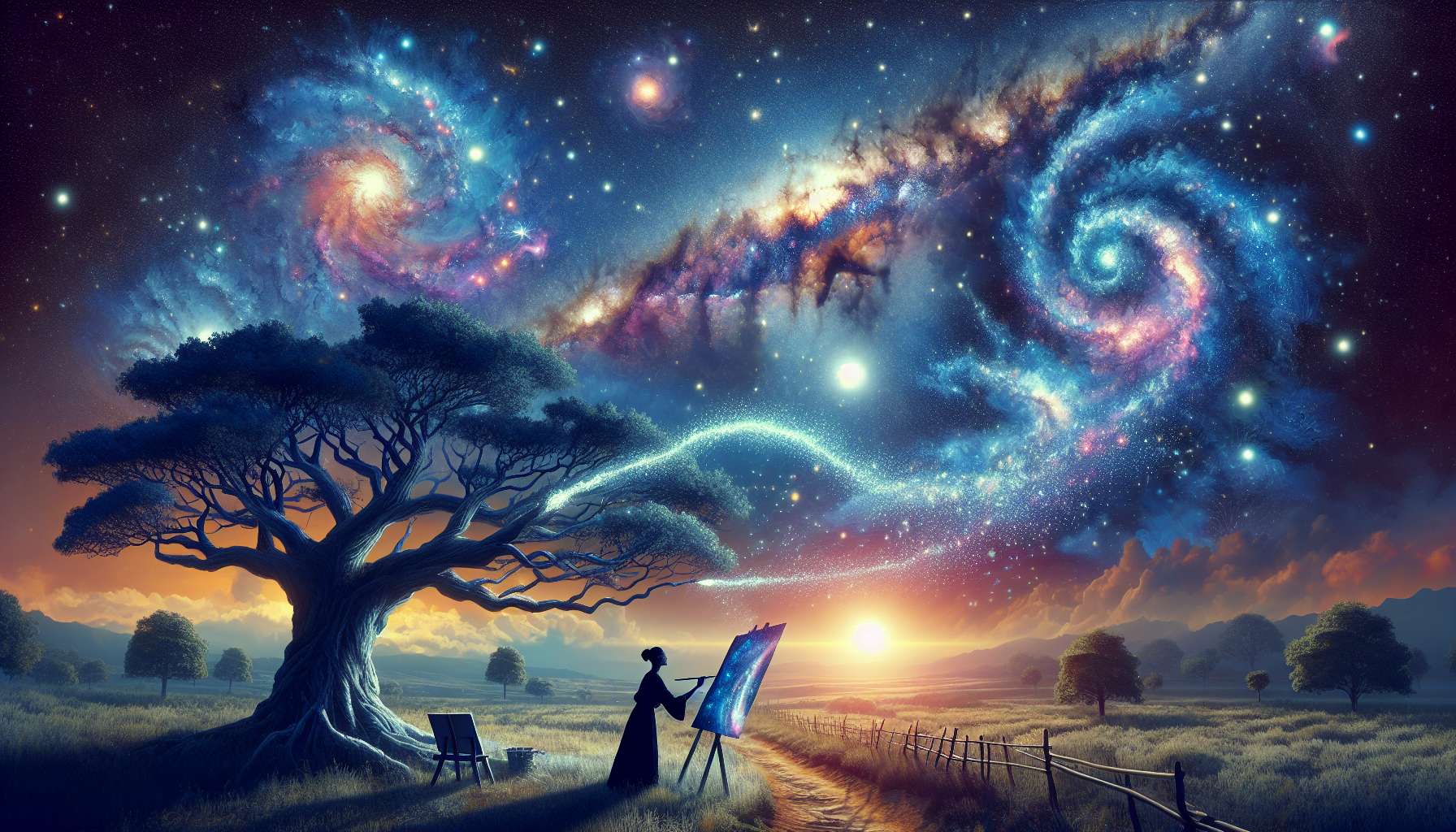Unlocking the Secrets of Stellar Storytelling Techniques
Storytelling is an art form as old as time itself. From the tales shared around campfires to the epic narratives that shape cultures and civilizations, the power of storytelling transcends boundaries and bridges gaps. In today’s digital age, where attention spans are dwindling, the ability to craft compelling narratives has never been more crucial. Enter ‘Stellar Storytelling Techniques’ a toolkit of strategies and methods that elevate storytelling to new heights, captivating audiences and leaving a lasting impact.
So, what exactly are ‘Stellar Storytelling Techniques’? How can they be harnessed to create unforgettable stories that resonate with readers and viewers alike? In this comprehensive guide, we will delve deep into the world of storytelling, exploring the nuances, intricacies, and magic that make tales truly unforgettable. Join us on this journey as we unlock the secrets of stellar storytelling and discover the power of words, visuals, and emotions in shaping our narratives.
The Art of Crafting a Compelling Narrative
At the heart of stellar storytelling lies the art of crafting a compelling narrative. A well-told story has the power to transport readers to different worlds, evoke strong emotions, and leave a lasting impression. But what are the key elements that make a narrative truly compelling? Let’s take a closer look:
Character Development: Bringing Stories to Life
One of the fundamental aspects of a compelling narrative is strong character development. Characters are the heart and soul of any story, driving the plot forward and engaging readers on a deep emotional level. From complex protagonists with flaws and virtues to compelling antagonists with hidden motivations, well-developed characters breathe life into the narrative, making it relatable and engaging.
For example, in J.K. Rowling’s Harry Potter series, the character of Harry Potter undergoes significant growth and transformation throughout the books, from a young, naive boy to a brave and self-assured wizard. This journey of self-discovery and resilience resonates with readers of all ages, making Harry a beloved and iconic character in the world of literature.
By focusing on character development, storytellers can create multi-dimensional, relatable characters that drive the story forward and keep audiences invested till the very end.
Emotional Resonance: Connecting with the Audience
Another crucial aspect of stellar storytelling is emotional resonance. A truly compelling story evokes a range of emotions in the audience, from joy and laughter to sadness and empathy. By tapping into universal themes and experiences, storytellers can create a deep emotional connection with their audience, making the story memorable and impactful.
For instance, Pixar’s animated film “Up” begins with a heart-wrenching sequence that explores themes of love, loss, and resilience. By portraying the emotional journey of the protagonist, Carl, in a poignant and authentic way, the film resonates with audiences of all ages, leaving a lasting impact long after the credits roll.
By infusing stories with emotional resonance, storytellers can create a powerful bond with their audience, immersing them in the narrative and eliciting a range of heartfelt responses.
Plot Twists and Turns: Keeping Audiences on the Edge of Their Seats
One of the hallmarks of a stellar story is the element of surprise plot twists and turns that keep audiences on the edge of their seats. By subverting expectations, introducing unexpected developments, and weaving intricate plotlines, storytellers can create a sense of suspense and intrigue that captivates readers and viewers alike.
For example, in Agatha Christie’s mystery novel “Murder on the Orient Express,” the revelation of the murderer’s identity in the final chapters comes as a shock to both the characters and the readers. By masterfully setting up a series of red herrings and false leads, Christie keeps audiences guessing till the very end, delivering a satisfying and unexpected resolution that leaves a lasting impression.
By incorporating plot twists and turns into their narratives, storytellers can keep audiences engaged and guessing, ensuring that their stories are both memorable and impactful.
The Power of Visual Storytelling
In today’s visually-driven world, the power of visual storytelling cannot be understated. From captivating images and videos to stunning graphics and animations, visual storytelling has the ability to convey complex ideas and emotions in a way that words alone cannot. Let’s explore the key elements of visual storytelling and how they can enhance the narrative experience:
Visual Metaphors: Conveying Meaning through Imagery
One of the most powerful tools in a visual storyteller’s arsenal is the use of visual metaphors. By leveraging symbols, icons, and imagery to convey deeper meanings and emotions, visual storytellers can communicate complex ideas in a succinct and impactful way. Whether it’s using a lighthouse to symbolize hope and guidance or a broken chain to represent freedom and liberation, visual metaphors can add layers of depth and nuance to a story, resonating with audiences on a profound level.
For example, in the graphic novel “Maus” by Art Spiegelman, the use of animal characters to represent different ethnicities during the Holocaust serves as a powerful visual metaphor that conveys the horrors and complexities of war in a poignant and thought-provoking way. By using animals to symbolize different groups of people, Spiegelman creates a universal and timeless narrative that resonates with readers of all backgrounds.
By incorporating visual metaphors into their storytelling, visual storytellers can enhance the narrative experience, adding richness and depth to their stories that captivate and engage audiences.
Cinematic Storytelling: Bringing Stories to Life on Screen
Another powerful form of visual storytelling is cinematic storytelling, which combines elements of film, animation, and multimedia to bring stories to life on screen. From epic blockbusters to intimate indie films, cinematic storytelling has the ability to transport audiences to different worlds, evoke strong emotions, and create immersive storytelling experiences that linger long after the credits roll.
For example, in Christopher Nolan’s film “Inception,” the use of stunning visual effects, innovative camera angles, and dynamic editing techniques creates a dreamlike world that blurs the line between reality and imagination. By immersing audiences in a visually rich and emotionally resonant narrative, Nolan crafts a cinematic experience that challenges perceptions and leaves a lasting impact.
By embracing cinematic storytelling techniques, visual storytellers can create visually stunning narratives that captivate and engage audiences, pushing the boundaries of traditional storytelling and redefining the art of visual communication.
Storytelling in the Digital Age
With the rise of digital technology and social media, storytelling has evolved to adapt to new platforms and formats. From interactive websites and virtual reality experiences to immersive podcasts and social media campaigns, storytellers are finding innovative ways to engage audiences in the digital age. Let’s explore how storytelling has transformed in the digital landscape and the key techniques that drive success:
Interactive Storytelling: Engaging Audiences in New Ways
Interactive storytelling is a dynamic and immersive form of storytelling that allows audiences to actively participate in the narrative, shaping the outcome and influencing the plot. By incorporating interactive elements such as branching storylines, decision points, and user-generated content, storytellers can create engaging and interactive experiences that blur the line between fiction and reality.
For example, in the video game “Life is Strange,” players take on the role of a teenage girl who discovers she has the power to rewind time and alter the course of events. By allowing players to make choices that impact the story and characters, the game creates a deeply personal and emotionally resonant experience that lingers long after the final credits roll.
By embracing interactive storytelling techniques, storytellers can create engaging and immersive narratives that empower audiences to become co-creators of the story, fostering a deeper connection and investment in the narrative experience.
Social Media Storytelling: Building Communities and Fostering Engagement
Social media has become a powerful platform for storytelling, allowing creators to reach global audiences and connect with communities in real-time. From Instagram stories and Facebook Live broadcasts to Twitter threads and TikTok videos, social media offers a myriad of ways to share stories, engage audiences, and build relationships with followers.
For example, the Humans of New York project, created by photographer Brandon Stanton, uses Instagram and Facebook to share intimate portraits and stories of people from all walks of life. By harnessing the power of social media to tell compelling and authentic stories, Stanton has built a global community of followers who are inspired by the humanity and resilience of his subjects.
By leveraging social media storytelling techniques, creators can build communities, foster engagement, and amplify their narratives to reach a wider audience, making storytelling more accessible and inclusive than ever before.
Expert Opinions
According to renowned storyteller and author Neil Gaiman, “A great story can change the world. It can make you laugh, cry, think, and feel. It can transport you to new worlds and open your eyes to new perspectives. In the hands of a skilled storyteller, words have the power to transform lives and inspire change.”
Gaiman’s words highlight the transformative power of storytelling and its ability to shape our perceptions, beliefs, and emotions. By harnessing the art of storytelling, creators have the opportunity to connect with audiences on a profound level, fostering empathy, understanding, and compassion in a world that is often divided and polarized.
Common Misconceptions
One common misconception about storytelling is that it is solely reserved for writers, filmmakers, and artists. In reality, storytelling is a universal and timeless art form that is ingrained in our everyday lives. From the anecdotes we share with friends and family to the advertisements we see on TV, storytelling influences how we perceive the world and ourselves.
Another misconception is that storytelling is a static and linear process. In truth, storytelling is a dynamic and ever-evolving practice that adapts to new mediums, technologies, and audiences. By embracing innovation and experimentation, storytellers can push the boundaries of traditional storytelling and create immersive, engaging narratives that resonate with audiences across the globe.
Conclusion
Storytelling is a powerful and transformative art form that has the ability to shape our perceptions, beliefs, and emotions. By embracing ‘Stellar Storytelling Techniques’, creators can craft compelling narratives that captivate audiences, evoke strong emotions, and leave a lasting impact. Whether through words, visuals, or interactive experiences, storytelling has the power to connect us, inspire us, and change us in profound ways.
As we continue to navigate the complexities of the digital age, storytelling remains a beacon of light and hope, guiding us through the darkness and uncertainty. So, let us embrace the magic of storytelling, harness its transformative power, and share our stories with the world. Long story short, the art of storytelling is alive and well let’s keep the flame burning bright.




